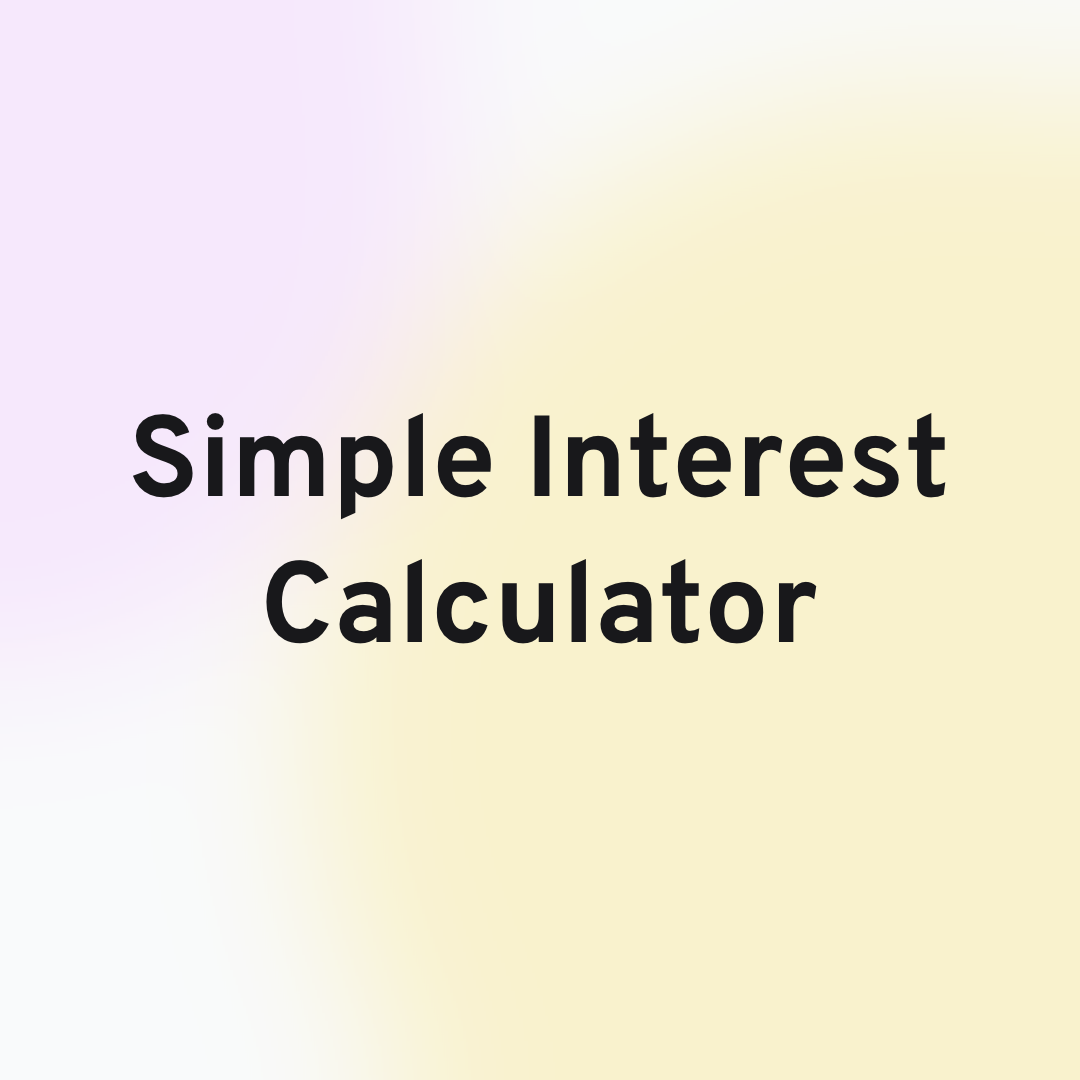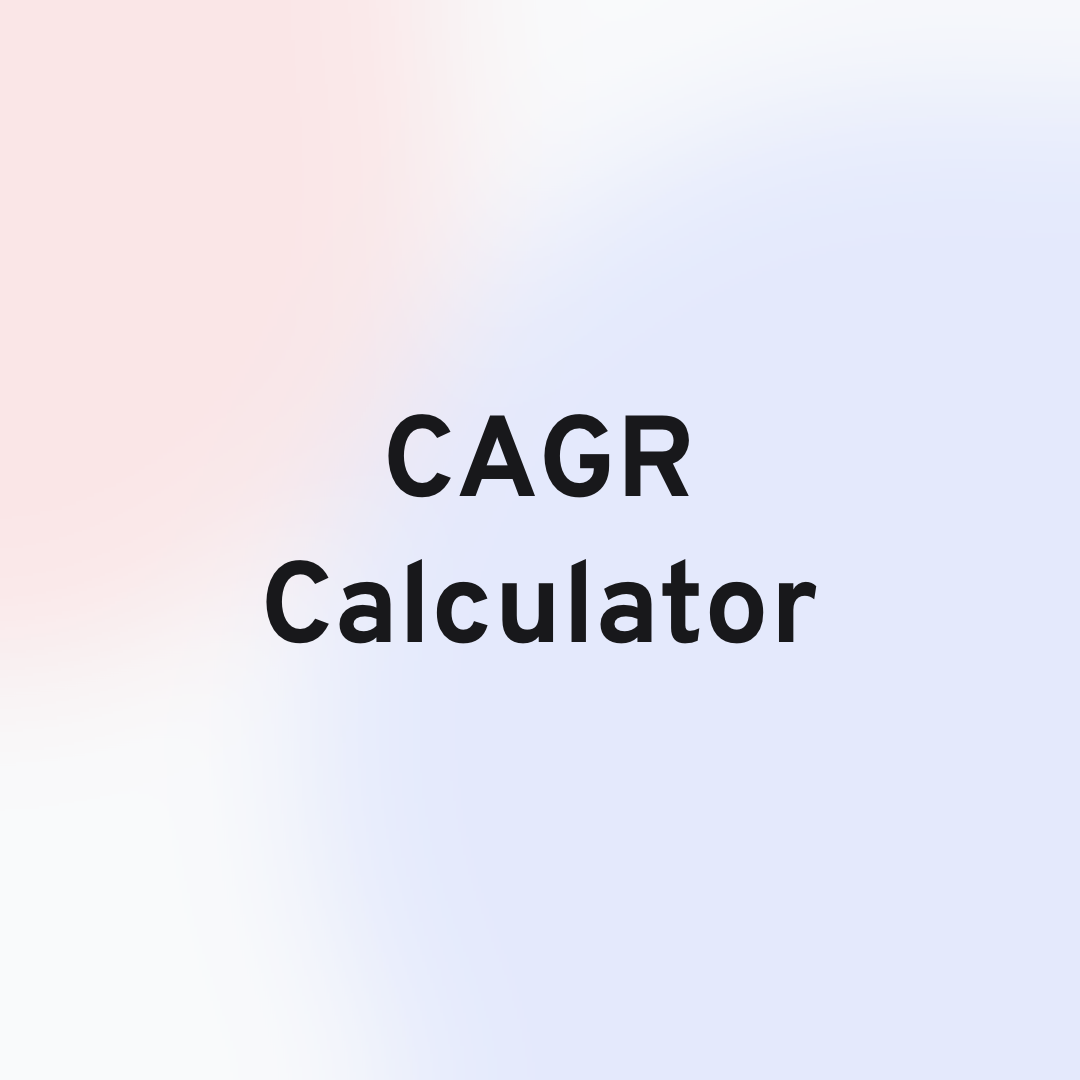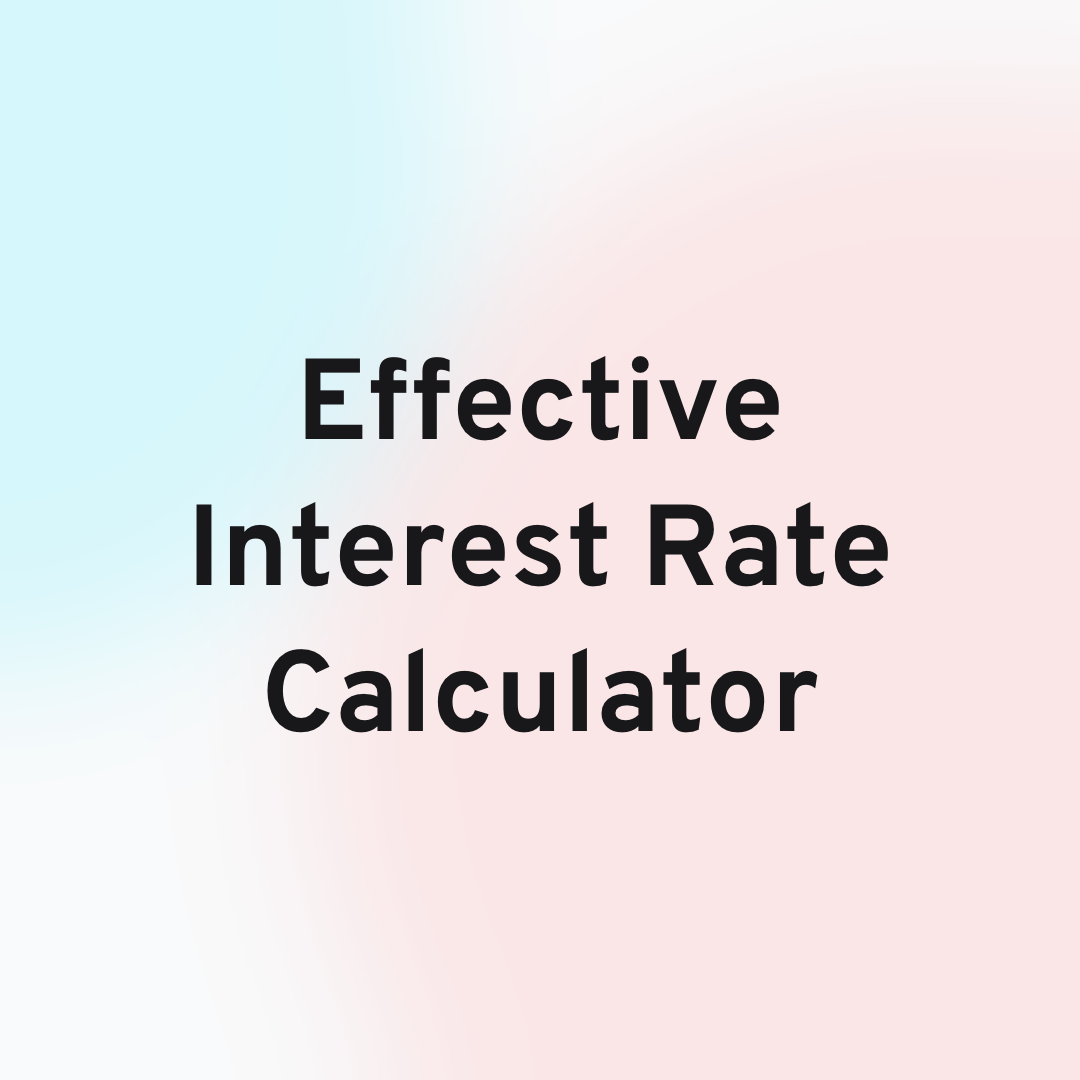
Finance
Loans
Simple Interest Calculator
Accurately estimate simple interest with our simple interest calculator. It helps you understand your loans and investments better.
Compound interest is the method of calculating the interest based on the principal and the interest accumulated from previous periods for a given interest rate over a specific time period, and the compound interest calculator helps you determine the value of compound interest based on those values.
Since the compound interest includes the interest from the previous period, the investment grows at an ever-accelerating rate. Albert Einstein called it the eighth wonder of the world. He said, “he who understands it, earns it; he who doesn’t, pays for it.”.
Compound interest can significantly boost the growth of your savings or investment growth over time, but the downside is that the debt balances you owe will also increase over time.
The interest can be compounded at different intervals; for instance, the instant interest can be compounded annually, monthly, weekly, daily, and even continuously.
The shorter the interval of compounding, the faster the compound interest grows.
Using the Compound Interest calculator, you can find the compound interest, interest rate, principal, or time period by inputting all the other variables required for the calculation.
The variables in the calculator are:
Principal (P)
The amount borrowed.
Rate of Interest (R)
The interest rate agreed upon while borrowing the Principal.
Time Period (T)
The time period for which the Principal was borrowed.
Compound Interest (CI)
The Compound Interest accumulated for the respective principal (P) at the interest rate (R) and Time period (T).
Compound interest is the method of calculating the interest based on the principal and the interest accumulated from previous periods for a given interest rate over a specific time period.
The interest that accumulates is also considered with the principal for calculating the next period’s interest.
The compound interest calculation method is used for most business transactions by most financial institutions worldwide.
By contrast, the interest is calculated only on the principal amount in the simple interest method. The accumulated interest from previous periods is not considered for calculating interest for the next period.
Compounding multiplies money at an accelerated rate, and generating “interest on interest” is the power of compound interest.
Compound interest for the nth year is calculated with the following formula.
Where,
P → Principal Amount It is the amount that is initially borrowed from the lender.
r → Rate of Interest in % Per Annum This is the rate of interest at which the principal amount is being lent to the borrower.
t → Time Period in Years This is the duration for which the principal amount is given to the borrower.
n → Frequency of compounding of interest This could be yearly, half-yearly, quarterly, monthly, weekly, or daily.
| Compounding Period | k value |
|---|---|
| Annually | 1 |
| Semi-Annually | 2 |
| Quarterly | 4 |
| Monthly | 12 |
| Weekly | 52 |
| Daily | 365 or 366 |
To calculate the total amount, you have to use the following formula.
let’s say Person A lent $100 at a rate of 10% per year simple interest and Person B lent $100 at the rate of 10% per year compound interest. Then the interest received for person A and person B will be as follows.
| Time | Person A | Person B |
|---|---|---|
| Year 1 | $10 | $10 |
| Year 2 | $10 | $11 |
| Year 3 | $10 | $12.1 |
| Year 4 | $10 | $13.31 |
| … | … | … |
| Year 40 | $10 | $411.44 |
As you can see in Year 40, Person A receives only $10 but Person B receives four times the principal amount that he lent in the beginning.
Over a longer period of time, the interest earned by Person B will be really significant as compared to Person A.
Person A lends $1000 to Person B at 7% per annum compound interest for 15 years compounded semi-annually. To calculate the compound interest at the end of 15 years we have to apply the formula.

Finance
Loans
Accurately estimate simple interest with our simple interest calculator. It helps you understand your loans and investments better.

Finance
Loans
Effortlessly estimate loan payments and interest paid with our intuitive online loan calculator. Plan your finances effectively!

Finance
Corporate Finance
Quickly compute the Compound Annual Growth Rate (CAGR) for any investment using our CAGR Calculator and make informed financial decisions!

Finance
Corporate Finance
Accurately determine the effective interest rate, considering the compounding effect using our Effective Interest Rate Calculator!

Finance
Loans
Effortlessly estimate loan payments and interest paid with our intuitive online auto loan calculator. Plan your finances effectively!

Finance
Corporate Finance
Calculate the future value of cash flows with our future value calculator. Compare investments and make better financial decisions!